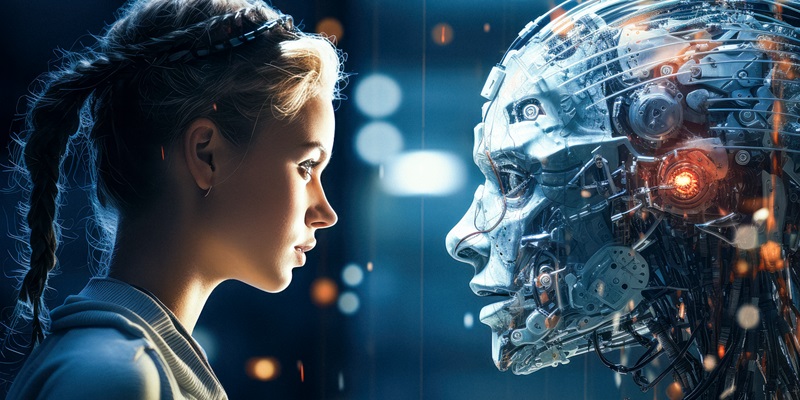The landscape of artificial intelligence is undergoing a radical transformation. We’re moving from basic chatbot systems to sophisticated AI entities that can closely mimic human-like understanding and responsiveness. These advanced agents are a massive leap forward and have the remarkable ability to perceive their surroundings, engage in meaningful interactions, and learn from these experiences in real-time, thus enabling them to carry out intricate tasks independently. This evolution underscores the emergence of AIs that not only follow instructions but also adapt and evolve, bringing them ever closer to a level of near-sentience. As these AI agents become more integrated into various sectors, they pave the way for a future where artificial intelligence can operate seamlessly alongside human intelligence, enhancing productivity and decision-making processes. This transition marks a significant milestone in the development of AI, reshaping our expectations and expanding the boundaries of machine capability.
Advancement of AI Agents
Autonomous Functioning and Continuous Learning
AI technology has vastly evolved, moving beyond the constraints of pre-programmed chatbots of the past. Modern AI entities like Devin, from Cognition AI, are showcases of this advancement. These agents are dynamic learners, absorbing information from their interactions with the world. Uniquely, Devin has demonstrated abilities that were once considered exclusive to human engineers, such as code creation and critique. This proficiency not only highlights the sophisticated nature of current AI systems but also their potential to single-handedly manage complex tasks that span entire workflows. This capability points toward a future where AI could bring transformative changes to numerous sectors by taking over roles that, until now, were thought to require human intelligence. Such AI agents mark a significant leap towards automated industries, renewing the landscape of what machines can accomplish autonomously.
Near-Sentient Interaction
Recent advancements in AI have marked a significant milestone with the creation of Google’s SIMA, a sophisticated agent capable of understanding and responding to natural language instructions within various video game environments. This intelligent system can perform tasks by synthesizing image recognition and advanced navigation, showcasing remarkable progress in artificial intelligence applications in gaming and other interactive platforms. The development of SIMA exemplifies the evolution of AI from simple reactive programs to proactive, problem-solving entities. Such breakthroughs are at the forefront of developing AI partners that demonstrate a level of interaction and learning from humans that borders on the sentient. These cutting-edge agents indicate the potential future where AI could seamlessly collaborate with human beings, creating a new era of interactive and responsive technology.
Potential Impact and Challenges
Transformation of Industries
The rise of sophisticated AI like Devin heralds a transformation in how we work, potentially rendering traditional job roles obsolete. AI’s role in fields like software development transcends simple task automation. We’re looking at AI entities capable of handling projects end-to-end, from initial ideas to final deployment, often with little need for human guidance. This technological leap could streamline professions significantly, enhancing productivity, yet it may also lead to a reduction in certain types of employment. As AI continues to evolve, it has the power to alter job definitions profoundly, leading to a future where human involvement in some areas may become considerably less essential. The implications for the workforce are immense, as AI’s sophisticated capabilities may both increase efficiency and challenge the conventional employment landscape.
Addressing Errors and Risk Management
AI agents carry immense promise for innovation, yet they’re not without risks, especially where decision-making is complex or high-stakes. Mistakes can be costly, sparking concern over the error rates of AI systems. To counter this, there’s a focus on confining AI’s operational boundaries. Safety and reliability are paramount; hence, industries are implementing strategies to circumscribe AI’s roles. This cautious stance underlines the essentiality of safeguarding against AI’s pitfalls without stifling its potential. Establishing a considered equilibrium between exploiting AI’s prowess and curtailing the hazards is pivotal. Managing AI calls for circumspect deployment, balancing their impressive capabilities against the realistic necessity for oversight and error mitigation strategies. This approach will likely evolve as AI technologies advance, emphasizing an ongoing commitment to responsible innovation and risk management.

